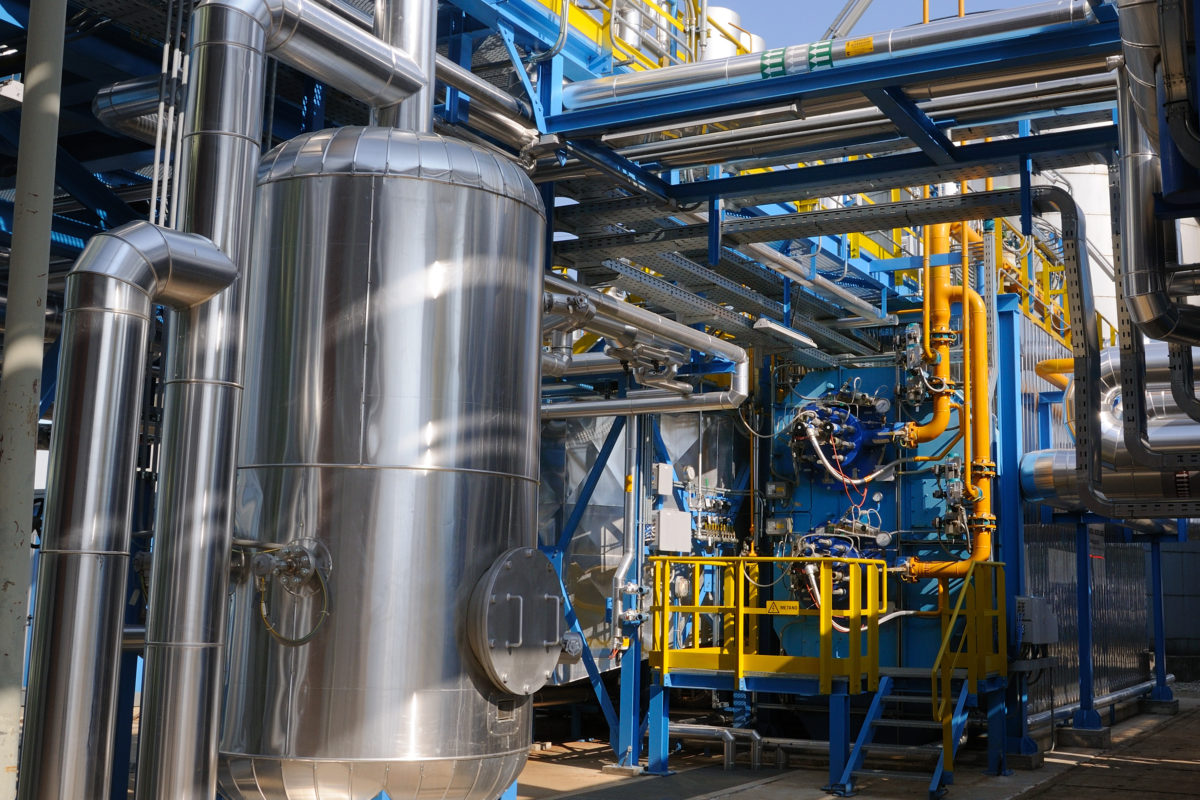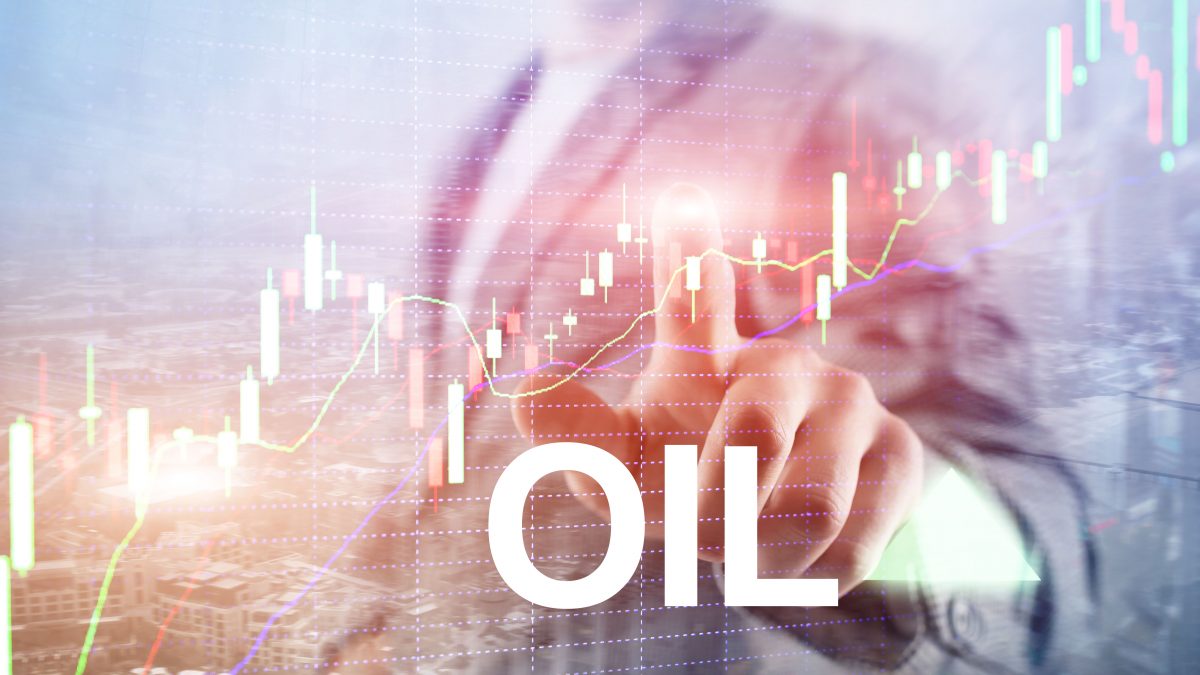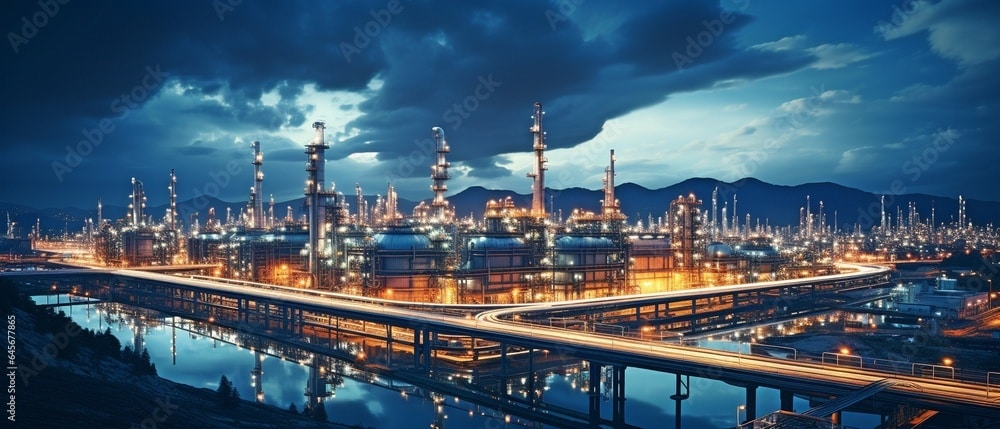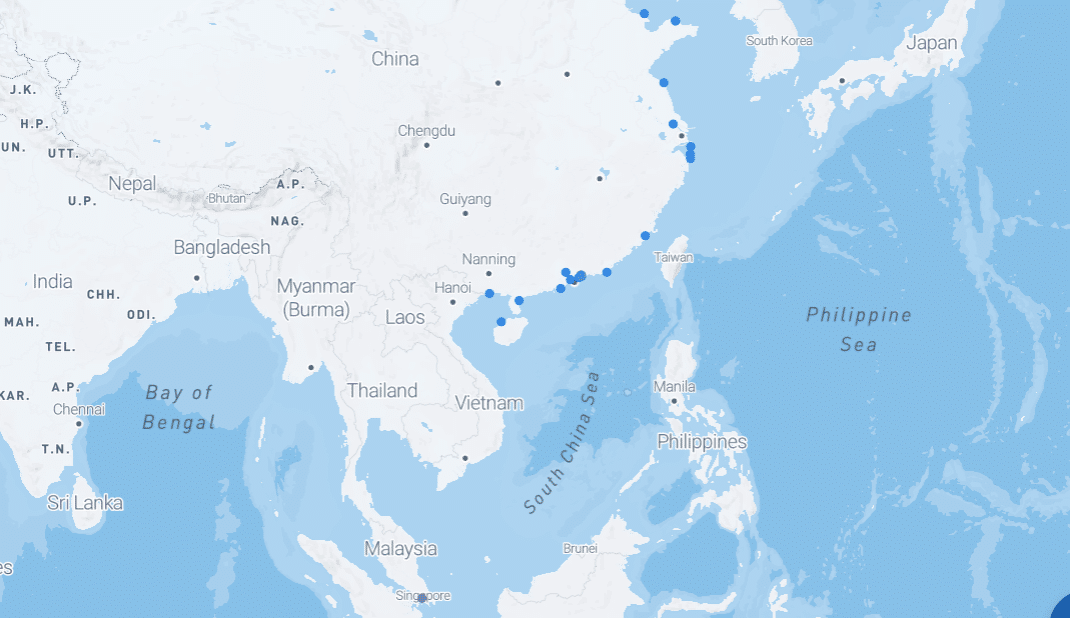Russia, which descended to a negligible trade and economic partner of India with the breakup of the Soviet Union and the great Indian economic reforms in 1991, has emerged as indispensable for the South Asian country. Besides defense, it is an important trade partner of India. Additionally, with the onset of global sanction on Russia, it has become a major shield to India’s oil economy.
Paradoxically, while global sanctions on Russia dashed the European economy, it has become boon to India. Russia became the biggest crude oil supplier to India in 2022-23 and the trigger for India’s exports of petroleum refinery products. India imports over 90 percent of crude oil demand.
In 2022-23, Russia was the 5th biggest trading partner of India, compared to 25th in 2021-22. This has invoked a new era of India-Russia economic relations.
The greater part of the revival in India–Russia economic relations was due to oil supply. Russia played a key role in protecting India from oil turbulence due to global the oil sanction on Russia. India and China were non-parties to the sanctions.
As a result, there was no major hike in the prices of petrol, diesel and other refinery products. Inflation, which is the immediate shock of oil price hike, remained cooled.
The EU prohibited maritime exports of Russian oil and levied a price cap of US$60 per barrel in December 2022. This followed suit to the USA, G-7 and Australia for price capping on Russian oil. The angry Russia retaliated and banned the export of oil to these nations on February 1, 2023.
In 2022-23, nearly 22 percent of total crude oil was imported from Russia. Eventually, Russian oil became the biggest base for India’s manufacturing oil refinery products and exports. India imports crude oil, refines them domestically and exports refinery products, such as petrol, diesel, ATF and others.
To ride over the sanctions, India and Russia set up alternative arrangements. Indian refineries have accepted Russian insurance. Russian oil suppliers are trying to handle Urals oil transport to India by themselves, using their own vessels and shipping arrangement. Further, the Indian government has permitted nine Indian banks to open vostro accounts with Russian banks. This facilitated to deal with Russian oil in rupee trade in a currency swapping deal. The Indian UCO bank has opened the vostro accounts with Russian Gazprombank and VTB banks.
Petroleum refinery products have been the major products in the Indian export basket. Since Russia was the biggest supplier of crude oil in 2022-23, it played a key role in boosting export of petroleum refinery products. Oil refinery products, which hold biggest share in the total export basket, was the engine for India’s overall exports growth.
Both in terms of share in growth and share in exports , petroleum refinery products are topping the export basket. For example, while all other major export items exhibited a normal growth in between 8 to 10 percent, petroleum refinery products spurred by 44.5 percent in 2022-23 y-o-y basis. It’s share in total exports of the country increased to 22.6 percent in 2022-23 , from 15.9 percent in 2021-22.
Russian crude oil, converted into refinery products and exported from India, does not violate internationally recognized Rules of Origin. It has been defined that crude, once refined in another country, is classified for the purpose of trade as originating from the refinery country.
Thus, notwithstanding ban on import of Russian crude oil under sanctions, Russian crude was flowing through India and China in the form of petroleum refinery products like petrol, diesel, jet fuels and others. India and China, who are not part of sanctions, were able to legally import Russian crude and refine them in oil products, according to Centre for Research on Energy and Clean Air (CERA).
This demonstrates India’s unique balancing imports of crude oil by export of petroleum refinery products. This led to lesser pressure on BOP (Balance of Payment). In 2022-23, India imported crude oil worth US$157,531 million. It exported petroleum refinery products worth $ 97,468 million, leaving a balance of US$60,063 million as the net imports.
In the preceding year 2021-22, when Russia had negligible share in crude oil imports, net imports were much bigger. It was US$76,237 million, casting more pressure on BOP. This demonstrates Russian significance over Arab oil, depicting a bonanza for a new economic engagement with Russia.
Russian oil prices were lower than the average basket price of oil imported in India. During April-August 2023-24, while the average basket price of oil was ranging between US$75.9 to $89.7 per barrel, the average price of Russian oil was US$68.9 per barrel.
The crucial point of the revival of the trade relation with Russia is India’s shift of oil dependency from the Arab world to Russia. This shields India from global uncertainty in oil prices. Repeated OPEC threats for cuts in production and triggering oil prices increased the vulnerability of oil influenced economy of India.
Oil volatility incurs pressure on inflation since over 60 percent of transport of goods, particularly food products, are dealt by diesel. For the past one and half years, inflation hovers within comfortable zone.
In summing up, earlier oil dependency on Arab countries used to be an uphill task to project the growth of the economy. With the dependency shifting to Russia, it has become palpable to foresee future growth.
By: eurasiareview / John Howard Newcomb April 29, 2024








